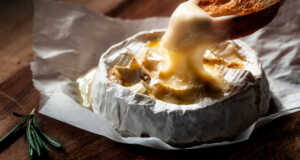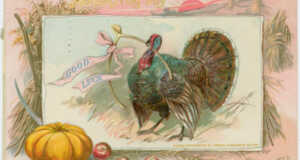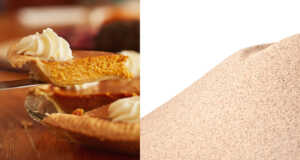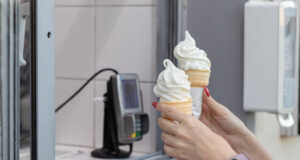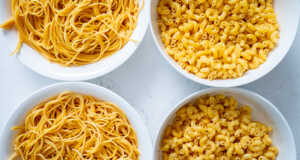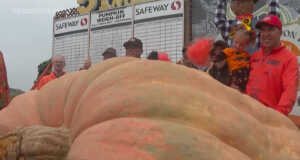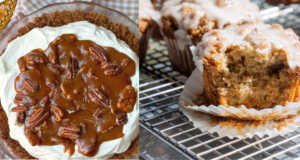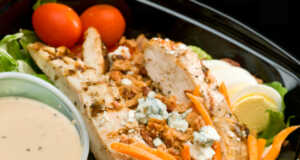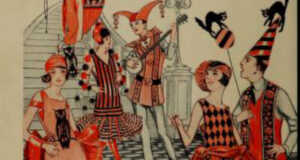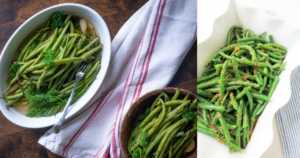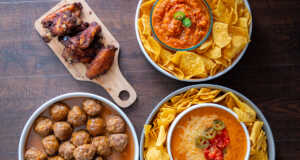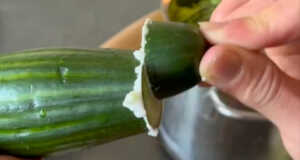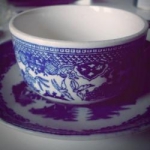Tea was known in Britain as “the cup that cheers” with the subtext being that it does so without causing inebriation. The phrase comes from the English poet, William Cowper, who wrote about the comforting ritual of making tea back in 1803, when the Temperance movement was already gaining steam in Europe and the US. While tea was popular around the world (and still is!) the British saw tea as a necessity, having many cups throughout each day and even at night. It was considered so crucial to morale that during World War II the UK government decided to buy up pretty much all the tea that they could so that they wouldn’t run out.
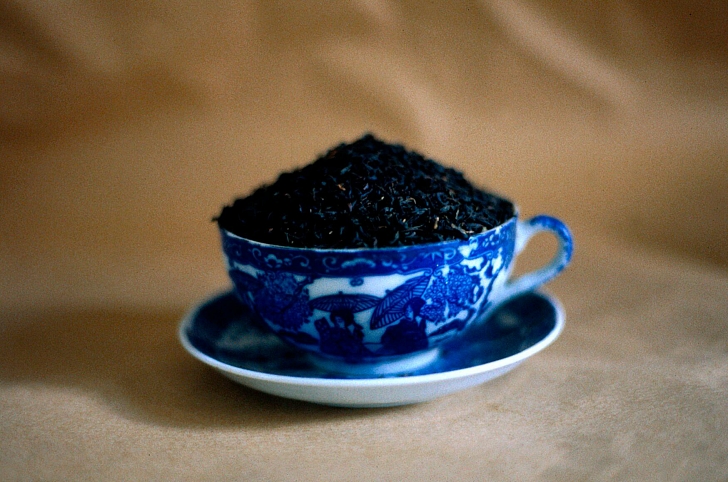
Knowing how much tea meant the Britains, the Luftwaffe bombed the center of tea in London, Mincing Lane, during the Blitz between 1940 and 1941. It was after this sustained attack, when many of the records and stocks related to tea purchasing were lost, that the government decided to buy up as much tea as they could.
They bought all the tea that was available to them from every country except Japan since they were part of the Axis and were enemies of the Allied Forces. Much of the tea came from India, Sri Lanka, and Africa where the varieties of Assam, Ceylon, and Kenyan black teas are grown. The popular English and Irish breakfast teas are blended with these 3 types of tea to this day.
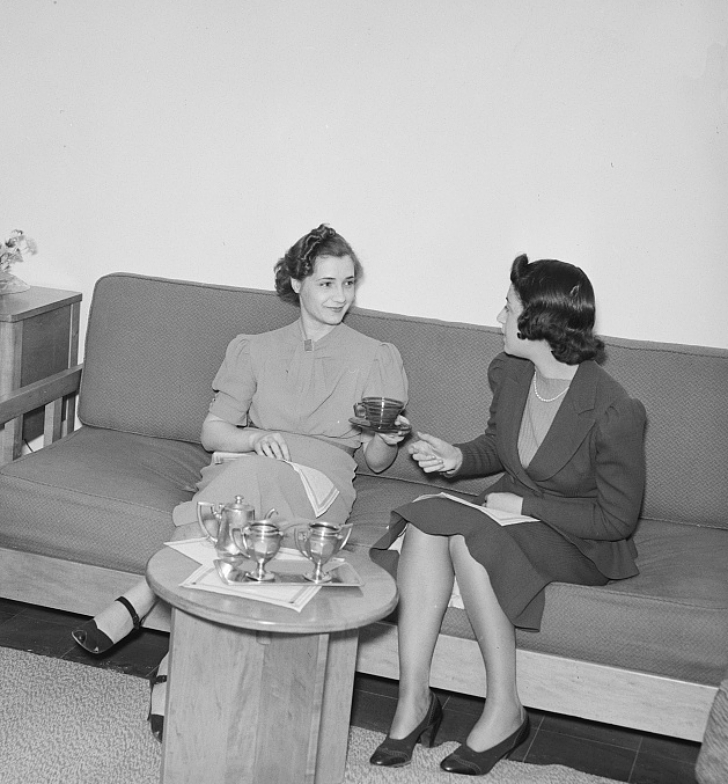
According to some estimations tea was the second biggest government purchase by the British in 1942, second only to bullets. Tea in large quantities was needed in order to keep the troops in good supply on the front. Tanks for UK forces had built-in water kettles (boiling vessels) for making tea even while at war.
These devices were installed as a safer way to boil tea. The more crude method used makeshift gasoline heaters that were unreliable and could blow up. This boiling vessel feature is still required for British tanks even now.
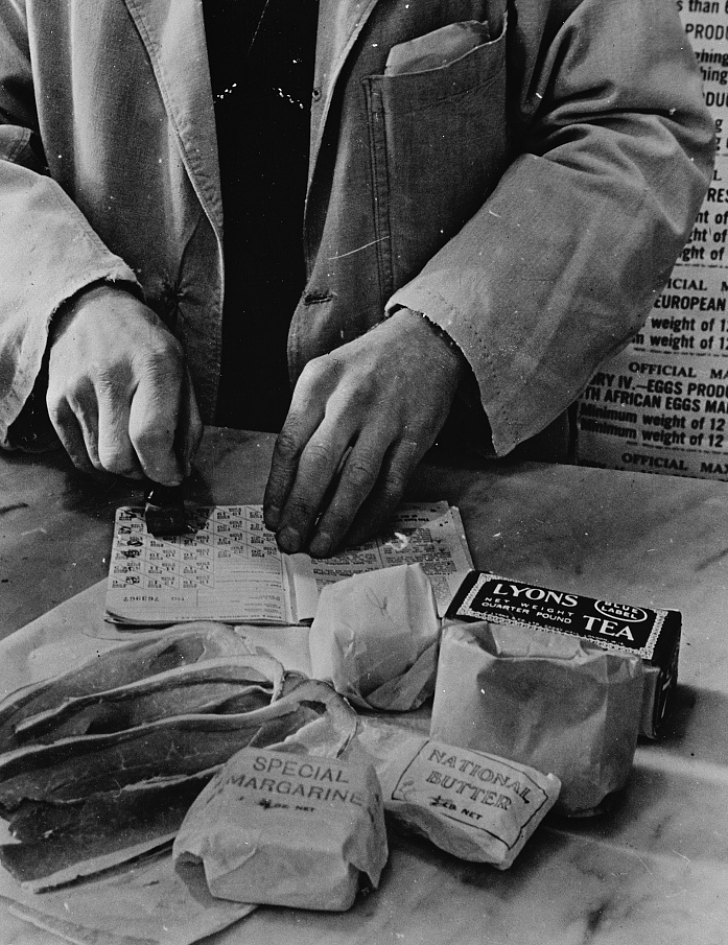
During the war everything from food to shoes was rationed in the UK, with larger portions given to essential war effort workers like troops, Land Girls, and miners. Even with the skimpy portions of meat, butter, and sugar civilians enjoyed 2 ounces of loose tea per adult per week- enough for 3 cups a day!
It wasn’t only the British who viewed tea as a comforting part of each day. Teabags were dropped over the still-occupied portions of the Netherlands, along with foodstuffs, to help the Dutch make it through the final days of the war after enduring a starvation winter. The packaging for the bags was printed with the slogan “The Netherlands will rise again. Chins up.”
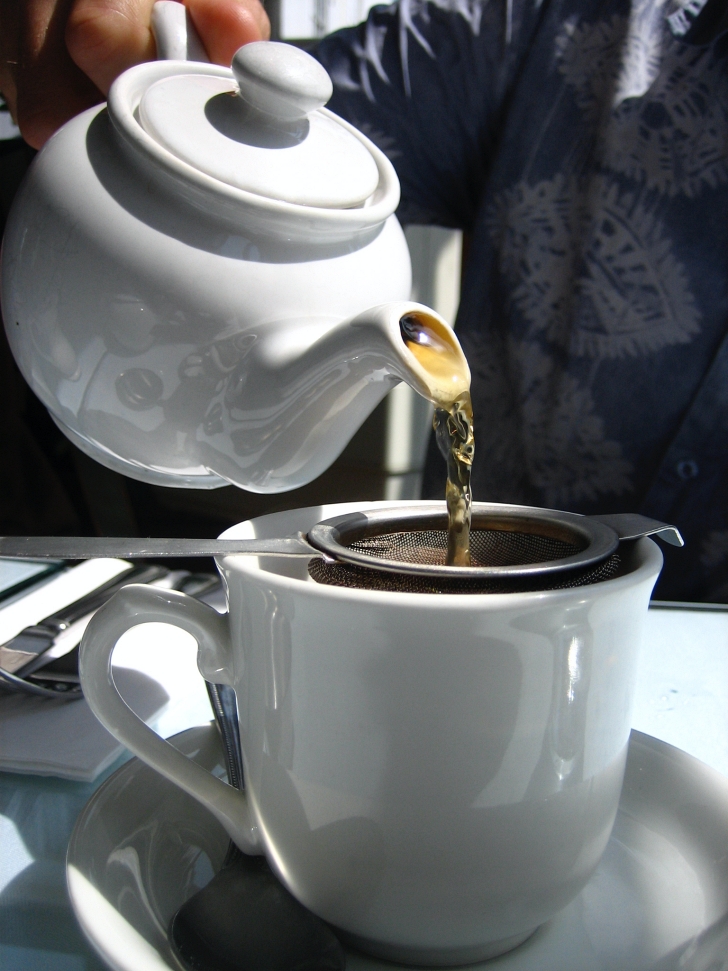
While rationing on some items continued in the UK until 1958, tea ceased to be rationed in 1952 after having been upped from 2 ounces to 3 ounces a week beforehand. Tea remains one of the favorite and most-consumed drinks in the region.
